



Booking
What is Orthodontics?
Orthodontics is a dental method that uses appliances like brackets, archwires, and other accessories to apply force to teeth, gradually moving them into the desired position to help you achieve a healthy and confident smile.
Purpose:
- Correct misaligned and crowded teeth
- Improve bite alignment
- Enhance smile aesthetics
- Improve chewing function and speech
Common Types of Braces:
- Traditional metal braces
- Ceramic braces
- Self-ligating braces
- Clear aligners (e.g., Invisalign)
The Orthodontic Process Typically Includes:
- Consultation and X-rays
- Treatment planning
- Bracket placement or clear aligner creation
- Regular adjustments
- Bracket removal and retainer wear

Treatment Duration: Typically lasts from 18 months to 3
When Should Adults Consider Braces?
Braces are not just for children and teenagers; they are also suitable for adults. At any age, having well-aligned, aesthetically pleasing teeth is a common desire.
So, when should you consider braces?
You might consider braces if you experience the following conditions:
- Crowded, protruding, misaligned teeth: These are common conditions that impact dental aesthetics and chewing function.
- Incorrect bite alignment: When the upper and lower jaws do not align properly, this can lead to oral issues and even impact the temporomandibular joint.
- Worn teeth: Teeth grinding, lip biting, or other habits can wear down enamel, affecting aesthetics and oral health.
- Desire to improve your smile: Braces help you achieve a more attractive, confident smile.
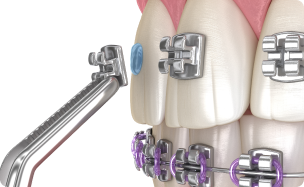
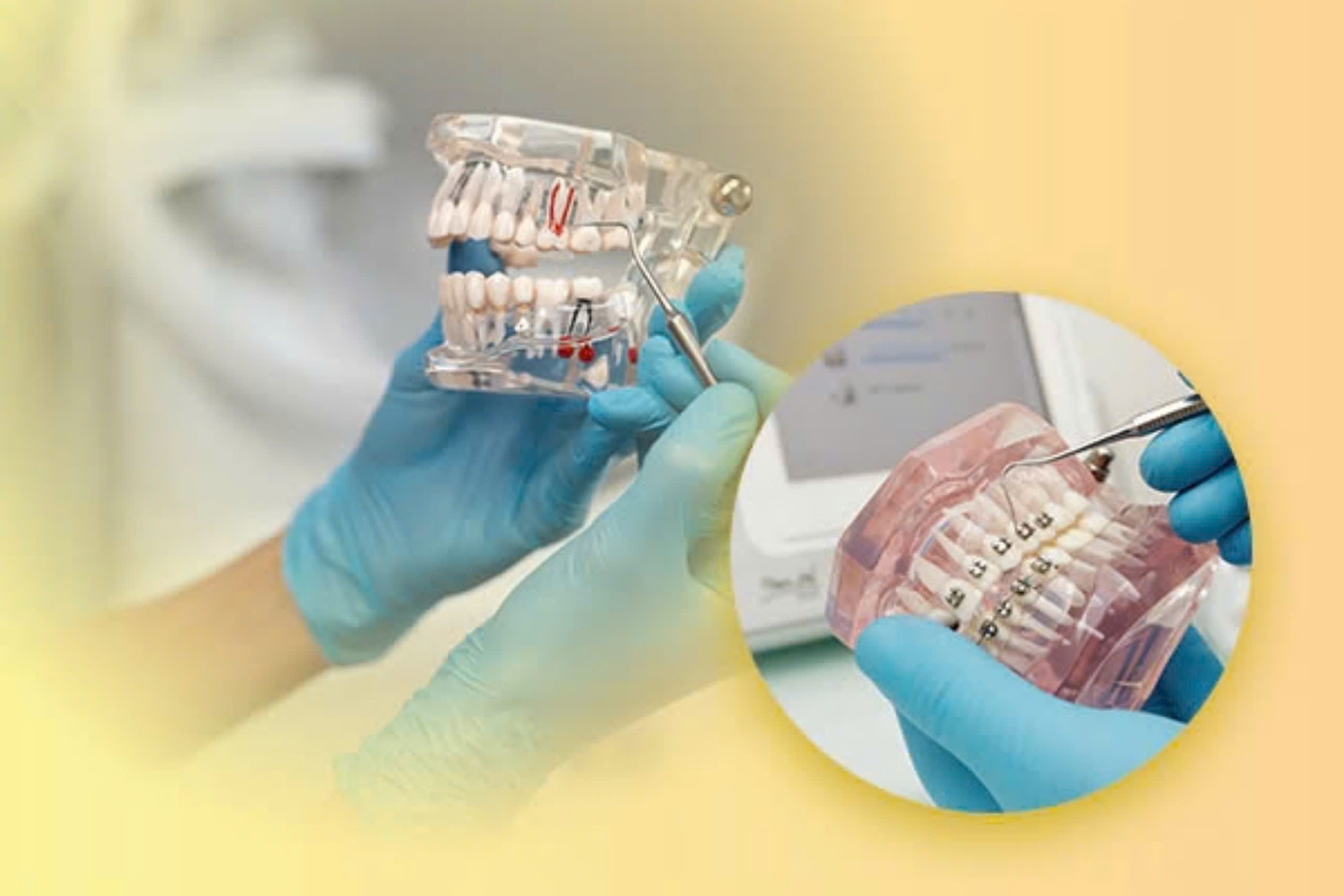
Cases Where Cosmetic Braces
Are Best Done Early
Braces (orthodontic treatment) are an optimal solution for cases such as:
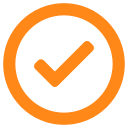
Individuals with underbites, overbites, or protruding jawlines that affect facial aesthetics, impair chewing function, or cause speech impediments.

Individuals with gaps, spaced teeth, or large gaps between teeth, which can lead to loose teeth and frequent food trapping between teeth.

Individuals with crowded, misaligned, or crooked teeth, which not only impact aesthetics but also make oral hygiene challenging.

Individuals with bite and jaw misalignments, such as open bites, deep bites, underbites, and crossbites, which can cause facial asymmetry and affect the temporomandibular joint and chewing function.

Is It Too Late to Get Braces?
There is no specific age limit for getting braces. However, early orthodontic treatment tends to be more effective because the jaw is still developing, making adjustments easier. But if you missed the opportunity to get braces at a younger age, don’t worry—you can still get braces as an adult.
Important Considerations for Adult Braces:
- Choose a reputable dental clinic: Select a trusted clinic with experienced orthodontists to ensure effective treatment.
- Maintain proper oral hygiene: During orthodontic treatment, proper oral care is essential to prevent issues like cavities and gum inflammation.
- Be patient with the process: Orthodontic treatment is a long journey, so it’s important to follow the orthodontist’s instructions diligently.
Orthodontic Process at the Dental Clinic
At Wee Dental, throughout the entire orthodontic treatment, there is consistent guidance and monitoring by the orthodontist to ensure teeth shift according to plan, avoiding any unexpected deviations that could impact the final outcome.

Consultation & X-ray

Consultation and Treatment Planning
Initiate Treatment with
Orthodontic Appliances
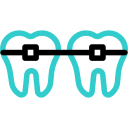
Wear Retainers
Step 1: Consultation & X-ray
First, the orthodontist will conduct a general examination to assess needs and review any dental history (if applicable). Next, intraoral photos, facial photos, and X-rays such as cephalometric images will be taken to provide the necessary data for diagnosis.
Step 2: Consultation and Treatment Planning
Based on the imaging data, photos, and other supportive software, the orthodontist will assess any misalignment and develop a treatment plan, estimating treatment duration, and then guide you through the upcoming process.
Once you agree to proceed, impressions of your teeth will be taken. Traditional braces require conventional impressions, while clear aligners use advanced 3D teeth scanning technology.
Step 3: Begin Treatment with Orthodontic Appliances
After agreeing on the treatment plan, necessary orthodontic appliances will be created. The process varies based on the type of braces. Traditional brackets can be placed immediately in the mouth, while clear aligners involve more steps. After a 3-week period to finalize the treatment plan and simulation on Clincheck, it takes an additional 3-4 weeks for the aligners to be manufactured and ready at the clinic for your initial fitting.
Step 4: Wear Retainers
After achieving optimal orthodontic results with aligned teeth, correct bite, and balanced facial symmetry, you will wear retainers for 1-2 years. Retainers stabilize teeth in their new positions and prevent periodontal ligaments from shifting, preserving your orthodontic results.

Orthodontic Treatment Duration
On average, treatment lasts 24 months or more. However, the duration may vary based on factors such as dental condition, type of appliance, diet, oral hygiene, and dental care habits.
Detailed Consultation on
Costs and Plans for
Orthodontics
Thousands of customers have beautiful, healthy smiles with proper occlusion and harmonious aesthetics.
Important Tips for
Successful and Effective Orthodontic Treatment
To ensure a smooth orthodontic journey and achieve the desired results, keep the following tips in mind:
Before Treatment
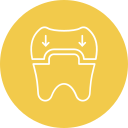
Choose a reputable orthodontic clinic with highly trained and experienced orthodontists to create a comprehensive and well-suited treatment plan.

Proactively choose the type of brackets/aligners that best fit your needs and circumstances, or consult with your orthodontist to make the most informed choice.

To easily compare the results before and after treatment, familiarize yourself with the essential criteria for removing braces, such as bite alignment, midline, tooth position, functionality, aesthetics, and durability.
After Treatment

Avoid hard and chewy foods during orthodontic treatment, as they can interfere with the applied force. Even after braces are removed, it’s best to limit chewy and hard foods initially to help stabilize the new tooth positions.

Brush your teeth at least twice a day and use dental floss and mouthwash to remove plaque and food debris.

Quit harmful habits such as biting pens, thumb-sucking, lip-biting, and tongue-thrusting.

Wear retainers for the recommended duration and attend follow-up appointments with your orthodontist to monitor tooth movement and promptly detect any potential oral health issues.

After removing braces, you may consider additional dental treatments to perfect your smile, such as teeth whitening, veneers, fillings, or implants. Your dentist will recommend the best options based on your individual needs.
WEE Dental - Caring with dedication - Elevating value.
- Address: 127 Luong Dinh Cua, Quarter 3, An Khanh Ward, District 2, Thu Duc City, Ho Chi Minh City.
- Hotline: 0362 790 924
- Website: weedental.vn
- Fanpage: https://www.facebook.com/weedental.fanpage/

